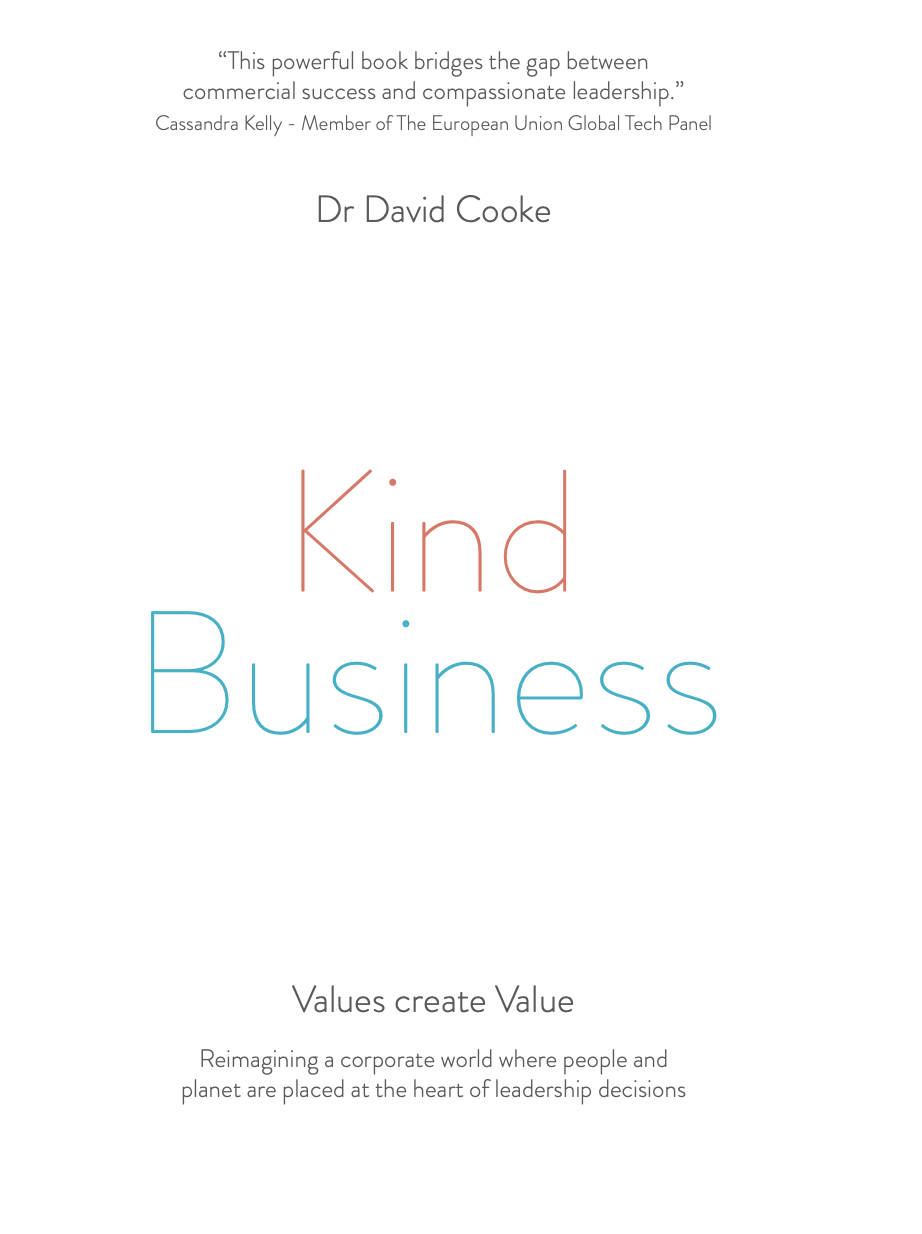Echo chambers make decisions feel-good
Often, leadership teams fall into a 'rut' – a comfortable pattern of decision-making that relies heavily on familiar perspectives and shared biases. It's a common scenario, even in the most successful companies, but one that can lead to subpar decision-making.

AUTHOR: Kylee Ingram
What was the last decision your team made? Was it truly a leap forward, or just another step in the same old dance? Often, leadership teams fall into a 'rut' – a comfortable pattern of decision-making that relies heavily on familiar perspectives and shared biases. It's a common scenario, even in the most successful companies, but one that can lead to subpar decision-making. This "echo chamber" effect is everywhere in our lives. We are surrounded by similar voices reverberate without challenge. Echo chambers sabotage innovation and growth. It creates a false sense of security, but at what cost? When decisions are shaped in an environment lacking diversity of thought, they risk being disconnected from the broader market realities and the diverse needs of employees. The consequences of not stepping outside this echo chamber are far-reaching. Firstly, it stifles innovation. When new ideas are not welcomed, or when they're drowned out by the majority's consensus, creativity withers. This stagnation can leave companies vulnerable to more agile competitors. Secondly, it risks alienating employees. A leadership that doesn’t value diverse perspectives can inadvertently create a culture where employees feel undervalued and unheard. This can lead to decreased employee engagement, lower morale, and even talent attrition.
But change is not just necessary; it’s invigorating. Widening the echo chamber isn’t just about avoiding negative outcomes; it’s about actively creating a more dynamic, resilient organization. When diverse voices are heard, it’s a signal that a team member's perspective is valued. This inclusivity is empowering and can lead to more innovative, well-rounded decisions. It demonstrates thought leadership in action, acknowledging the worth and insight of a varied workforce.
Involving the right people in decision-making respects, retains, and develops talent. It’s about making decisions with your team, not for them. This collaborative approach can transform the decision-making process into an opportunity for growth and learning for everyone involved.
To navigate this shift effectively, a tool like Wizer can be invaluable. Wizer anchors strategic inclusion in decision-making, ensuring that a breadth of perspectives is not just heard but integrated into the very fabric of decision-making processes. This is not just about making better decisions; it's about fostering a culture of collaboration and respect.
Related Blogs

By Craig Carden, Steve Finlayson, Victoria Medvec
4 min read
The Art of Decision Delegation: Ensuring Confidence and Clarity at Every Level

By Kylee Ingram
4 min read
The Case for Insourcing: Activating Internal Talent for Strategic Success

By Dr David Cooke
4 min read
Why I wrote Kind Business